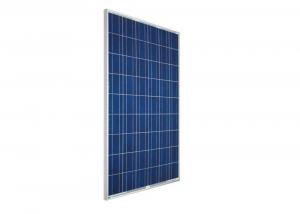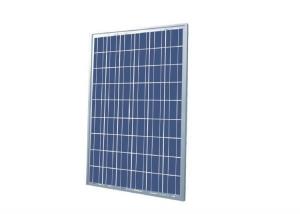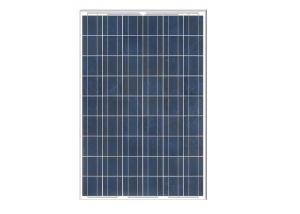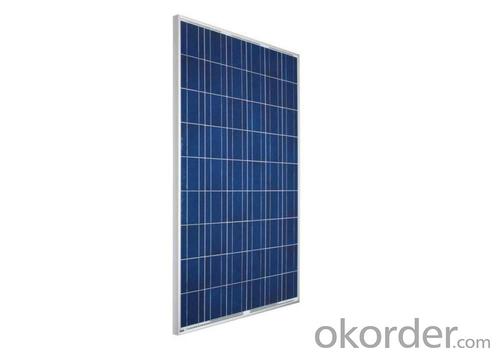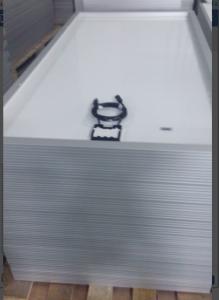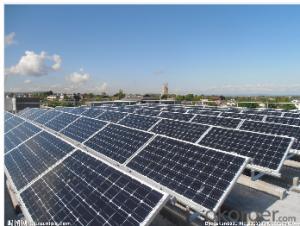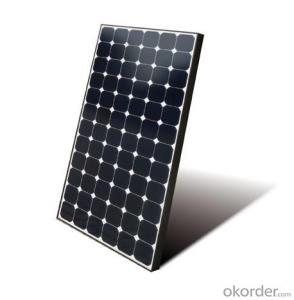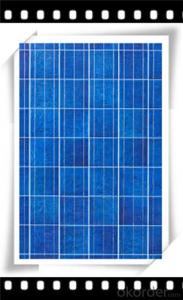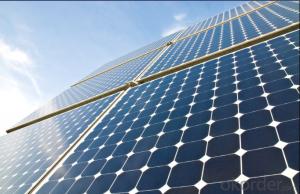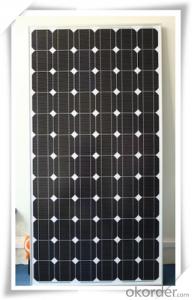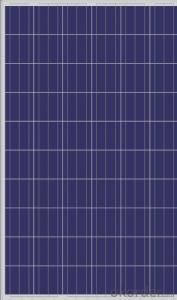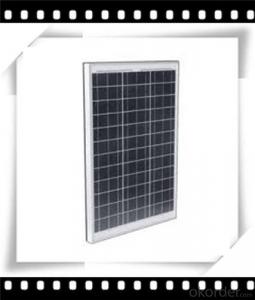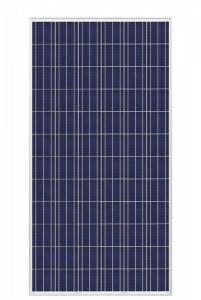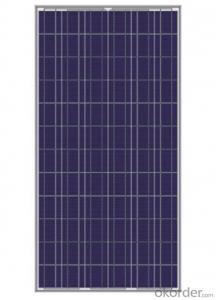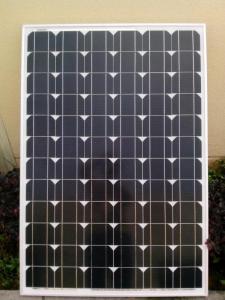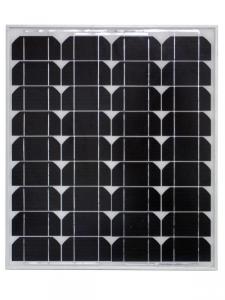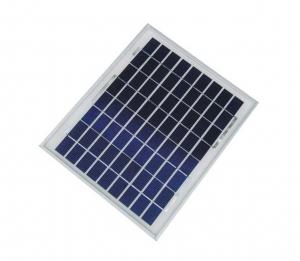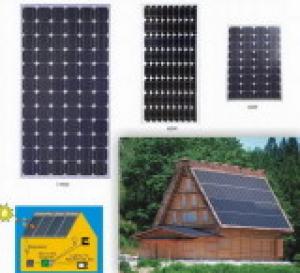Used Solar Panels for Sale Cheap - Poly Solar Panels CNBM 205W
- Loading Port:
- China Main Port
- Payment Terms:
- TT or LC
- Min Order Qty:
- 1 pc watt
- Supply Capability:
- 10000 pcs per month watt/month
OKorder Service Pledge
OKorder Financial Service
You Might Also Like
Introduction of Poly Solar Panels CNBM (205W)
CNBM Solar photovoltaic (PV) Panel is designed for large electrical power requirements. It is the optimal choice for both on-grid and off-grid power systems. CNBM Solar panel offers high performance of power per square foot of solar array. Monocrystalline silicon(c-Si): often made using the Czochralski process. Single-crystal wafer cells tend to be expensive, and because they are cut from cylindrical ingots, do not completely cover a square solar cell module without a substantial waste of refined silicon. Hence most c-Si panels have uncovered gaps at the four corners of the cells.
Characteristics of Poly Solar Panels CNBM (205W)
I.Solar Cell : High efficiency crystalline solar cell. Even if under the weak light, the solar module can produce maximum power output.
II.Tempered glass (toughened glass): Anti-reflecting coating and high transmission rate glass increase the power output and mechanical strength of solar module.
III.EVA and TPT: Using high quality EVA and TPT to prevent destroying and water.
IV.AI frame: Without screw, corner connection. 6 holes on the frame can be installed easily.
V.Junction box: Multi function junction box with water proof.
VI.Long lifetime: ≥25 years; Less power decrease.
VII.Good performance of preventing from atrocious weather such as wind and hails.
VIII.Resisting moisture and etching effectively, not effected by geology.
IX.The certificate issued by international authority: UL, TUV, IEC, VDE, CE.
Standard Test Conditions of Poly Solar Panels CNBM (205W)
The opto-electrical specifications shown below are stabilized values being measured at Standard Test Conditions, Irradiance: 1000W/m2, Spectrum: AM1.5 at 25°C, The info below is subject to manufacturing tolerances. Where appropriate minutes of measurement are available and are used for the dimensioning of the installation.
Advantages of Poly Solar Panels CNBM (205W)
• CNBM Solar performance guarantees for 25 years
• 10 years guarantee for workmanship
• Timeliness of delivery
• Quality Products certified (TÜV, UL, CE, VDE, ISO)
CNBM International Corporation's products including Monocrystalline Solar Panel, Polycrystalline Solar Panel have received and enjoyed famous reputation in many countries and regions in the world .As a solar panel manufacturer in China, we strive to provide our customers with excellent service, superior products and unmatched value.
Datasheet of Poly Solar Panels CNBM (205W)
Characteristics of Poly Solar panels CNBM (205W) | |
Max Power Voltage Vmp(V) | 27 |
Max Power Current Imp(A) | 7.6 |
Open Circuit Voltage Voc(V) | 33 |
Short Circuit Current Isc(A) | 8.28 |
Max Power Pm(W) | 205W |
Temperature Coefficient of Cells Poly Solar Panels CNBM (205W) | |
NOCT | 45℃ ± 2℃ |
Temperature Coeffucients of Isc (%/℃) | 0.0825 |
Temperature Coeffucients of Voc (%/℃) | -0.4049 |
Temperature Coeffucients of Voc (%/℃) | -0.4336 |
Mechanical Data of Poly Solar Panels CNBM (205W) | |
Dimension | 1482 × 992 × 40 mm |
Weight | 27 kg |
No. of Cells and Connections | 54 (6 ×9) |
Tolerance | 0 ~ + 5 W |
Cell | Monocrystalline Cell 156 × 156 mm |
Packing | 720 Pcs/40ft(H) Container |
Limits of Poly Solar Panels CNBM (205W) | |
Operating Temperature | -40℃ to +85℃ |
Storage Temperature | -40℃ to +85℃ |
Max System Voltage | 1000VDC(IEC) / 600VDC(UL) |
Guarantees of Poly Solar Panels CNBM (205W) | |
Products Guarantee | 10 yrs free from defects in materials and workmanship |
Performance Guarantee | No less than 90% within 10yrs and no less than 80% within 25yrs |
Certificates | TUV(IEC61215&IEC61730),VDE(IEC61215&IEC61730),UL,CE |
IV Curve of Poly Solar Panels CNBM (205W)
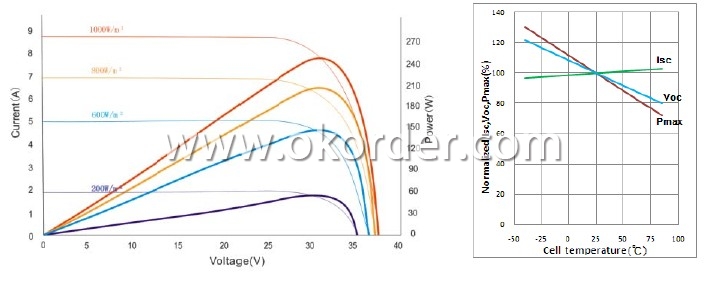
The data does not refer to a single module and it is not part of the offer
It is only for comparison only to different module types.
Test Conditions of Poly Solar Panels CNBM (205W)
The opto-electrical specifications shown below are stabilized values being measured at Standard Test Conditions, Irradiance: 1000W/m2, Spectrum: AM1.5 at 25°C, The info below is subject to manufacturing tolerances. Where appropriate minutes of measurement are available and are used for the dimensioning of the installation.
Picture 1. The factory indoor sight of Poly Solar Panels CNBM (205W)
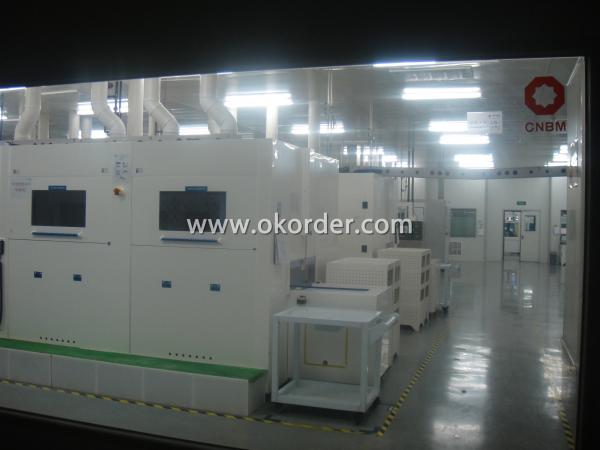
Picture 2 the package of Poly Solar Panels CNBM (205W)
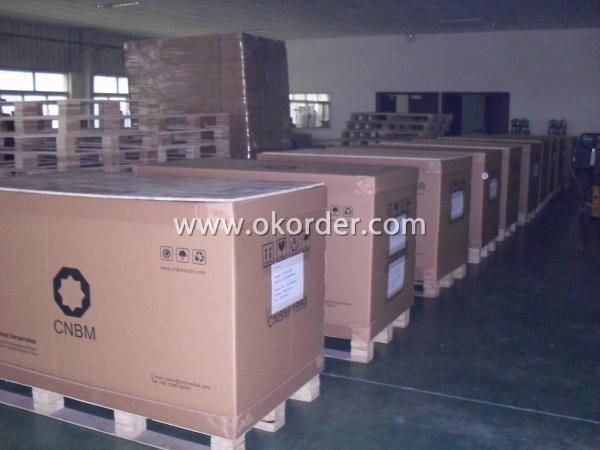
- Q: I heard that solar energy has a lot of advantages but are there any drawbacks in using the solar panels?
- There okorder /... ). These systems provide relatively high efficiency, since they don't convert sunlight to electricity, and they can be used to supplement or replace energy used for space and hot water heating - some of the largest residential uses of energy. Like any other appliance or household system, solar panels used to collect heat will require periodic maintenance. Hope this helps.
- Q: Can solar panels be used to power a water treatment plant?
- Yes, solar panels can be used to power a water treatment plant. Solar energy can be harnessed through photovoltaic panels and converted into electricity to power the various systems and equipment required for water treatment processes. This renewable energy source can provide a sustainable and environmentally friendly solution for powering water treatment plants.
- Q: I am wondering how to store energy from a solar panel
- I have no idea what you are doing or what you think you are accomplishing. A 235 watt panel isn't much energy. You can certainly store it with a plain old lead acid battery.
- Q: Do solar panels require a specific orientation or angle for optimal performance?
- Yes, solar panels typically require a specific orientation and angle for optimal performance. The ideal orientation is facing south in the northern hemisphere and north in the southern hemisphere, to maximize sunlight exposure throughout the day. The optimal tilt angle depends on the latitude of the location, with a general rule of thumb being the angle should be roughly equal to the latitude. However, modern solar panels are designed to be flexible and can still generate electricity even when not perfectly aligned or angled.
- Q: Can solar panels be installed on public parks or gardens?
- Yes, solar panels can be installed on public parks or gardens. Many cities and municipalities are increasingly adopting solar energy as a sustainable and renewable power source. Installing solar panels in public parks or gardens can help generate clean energy and contribute to reducing carbon emissions. It is a practical and efficient way to utilize open spaces while also providing environmental benefits.
- Q: Can solar panels be damaged by birds or rodents?
- Yes, solar panels can be damaged by birds or rodents. Birds may build nests or perch on the panels, which can cause blockages or scratches. Rodents such as squirrels or rats may chew on the wires or insulation, leading to malfunctions or electrical issues. It is important to take preventive measures to protect solar panels from potential damage.
- Q: I am looking to get some solar panels for my home to just power a few lights, a fan or two. I have a generator but I want that only to power the fridge and maybe some other small stuff for convenience.But mainly want the solar panels for the lights and fans. Any one have an idea of how about I go to figuring this all out? Should I call a contractor or anything?
- If your only deed is for power during outages, solar is not the way to go. You can add up all the wattages of the fridge and the lights you want to use, and see if the total is less than the capacity of the generator. If it is more, buying a larger generator is the answer. You can find the wattage of the fridge on the inside, or back. If not, Google the model number and manufacturer. You may already use CFL light bulbs, but if not, they can help reduce the load.
- Q: hi so im doing a school project thing and they have a lot of different questions for us that help us decide whether we would rather a city have a nuclear reactor, or solar panel. But i cant seem to get the last 2 questions...help please???so question ........What types of emissions, if any, are produced by each type of generating station? Do these emissions affect human health?question 2.....What are the long term financial costs associated with maintaining each type of generating station?thanks!
- You should research nuclear reactors and their emissions. Mostly it's waste heat, and if they use a water-based cooling reactor, there can be significant emissions of water vapor. Some might consider the spent fuel an emission too. Waste nuclear material disposal is a problem. Research it. Solar panels have no emissions during operation, but there is some nasty stuff emitted when they are manufactured. 2: Maintenance of solar panels is pretty straightforward: keep them clean, trim overhanging trees, shrubs, etc., check for and clean corrosion, contaminants, etc. regularly. Maintenance of nuclear power plants, so far, is a full time job for many technicians and engineers. The recently developed portable (the size of a shed) nuclear generators claim zero maintenance for 20+ years. That's a big improvement.
- Q: Actually I want to convert my home electricity on Solar Panel to cut down electricity costI have 2 AC's, a refrigerator, 3 Television, 2 Computers, 4 Fans etc
- good okorder lots of good ideas there
- Q: Can solar panels be used for powering an electric fence?
- Yes, solar panels can be used to power an electric fence. Solar panels can generate electricity from sunlight, which can then be stored in batteries or directly used to power electrical devices, including electric fences. This allows for a sustainable and independent power source for electric fences, especially in remote areas where access to traditional power grids may be limited.
Send your message to us
Used Solar Panels for Sale Cheap - Poly Solar Panels CNBM 205W
- Loading Port:
- China Main Port
- Payment Terms:
- TT or LC
- Min Order Qty:
- 1 pc watt
- Supply Capability:
- 10000 pcs per month watt/month
OKorder Service Pledge
OKorder Financial Service
Similar products
Hot products
Hot Searches
Related keywords
